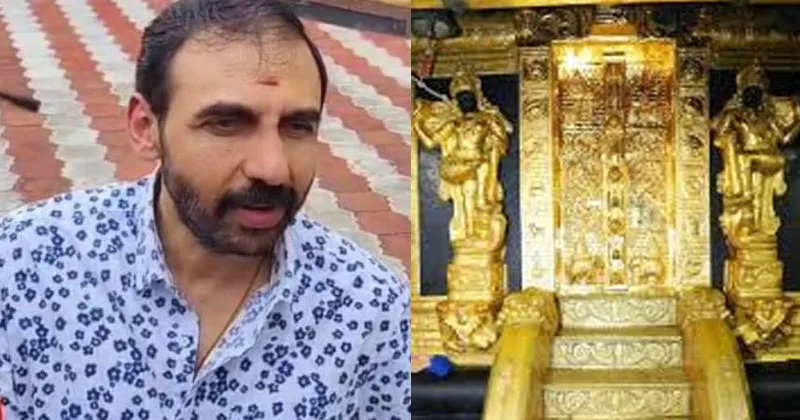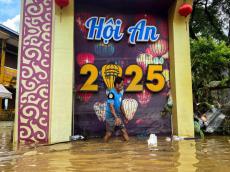Copyright scmp

US President Donald Trump’s claim that Pakistan has resumed underground nuclear testing – alongside China, Russia and North Korea – has been met with scepticism by arms control experts and denials from the countries named, raising concerns about the credibility and consequences of Washington’s nuclear posture. Pakistan, which has not conducted a nuclear explosion since 1998, issued a firm rebuttal, with a senior security official telling CBS News the country “was not the first to carry out nuclear tests and will not be the first to resume nuclear tests”. Trump’s assertion, aired in a 60 Minutes interview on Sunday, has drawn disbelief from non-proliferation analysts who say it misrepresents the current state of nuclear weapons testing and risks inflaming regional tensions. They note that Islamabad has observed a self-declared moratorium for more than two decades, and that all three other nations he named have denied conducting recent nuclear explosions. Experts also warn that by conflating non-explosive system trials and sub-critical experiments with full-scale detonations, Trump risks eroding long-standing test bans and destabilising fragile deterrence frameworks at a time of rising geopolitical rivalry. “The problem is, none of the countries he named has openly tested nuclear weapons in years,” said Ludovica Castelli, project manager of the non-proliferation and disarmament programme at Istituto Affari Internazionali in Rome. “The only country to have tested a nuke in the 21st century is North Korea, which has observed a self-declared moratorium since 2018,” Castelli told This Week in Asia. Non-proliferation experts point out that Pakistan has not conducted a nuclear weapons test explosion since May 1998, when it responded in kind to five tests by arch-rival India. Any secret underground nuclear weapons tests would only yield “only limited gains” for Pakistan that would “probably not [be] worth the political, economic and military costs”, Castelli noted. The 1998 tests “show the kind of international fallout you get” – sanctions, export controls, and political isolation – plus long‑term damage to relations with non‑proliferation regimes. Experts have concluded that Trump, intentionally or otherwise, lumped together all tests of nuclear devices, irrespective of whether they involved actual weapons tests involving atomic explosions, in his interview. He did the same last week, when he announced the US would resume nuclear testing in a social media post shortly before meeting Chinese President Xi Jinping in South Korea. According to Daryl Kimball, executive director of the Washington-based Arms Control Association, Trump’s accusations last week that Russia and China might have conducted “very low-yield but supercritical nuclear weapons tests are unsubstantiated and highly-debatable”. In a statement issued on Thursday, Kimball said such tests “provide little value for advancing the capabilities of their nuclear programmes”. “By foolishly announcing his intention to resume nuclear testing, Trump will trigger strong international opposition that could unleash a chain reaction of nuclear testing by US adversaries, and blow apart the nuclear non-proliferation treaty,” Kimball said. Hans Kristensen, director of the nuclear information project of the Federation of American Scientists, said any resumption of nuclear weapons tests by the US would “certainly trigger Russian and Chinese and likely also India/Pakistan nuclear tests”. “Unlike the US, all these countries would have much to gain by restarting testing,” Kristensen said in a social media post on Thursday. US Energy Secretary Chris Wright has also fact-checked his boss, telling Fox News on Sunday: “I think the tests we’re talking about right now are system tests. These are not nuclear explosions. These are what we call non-critical explosions.” They would involve testing various components of a nuclear device to produce the desired explosive yield when detonated, and would be carried out on new nuclear weapons systems replacing older ones, Wright said. Non-proliferation experts shared his conclusion. The “confusion” surrounding Trump’s remarks “appears to stem from the difference between a full-scale nuclear detonation and other, non-explosive activities”, Castelli said. A nuclear detonation involves achieving criticality – a self-sustaining nuclear fission chain reaction – resulting in an explosive release of energy, she explained. Such tests, banned by the Comprehensive Nuclear-Test-Ban Treaty, have been “universally observed as illegal since 1998”. In contrast, sub-critical or non-critical experiments are “legal experiments conducted by nuclear-armed states to ensure the safety and reliability of their existing stockpiles”, Castelli said. The amount or configuration of fissile material used would be “intentionally kept sub-critical, meaning no self-sustaining chain reaction or nuclear explosion occurs”. Nonetheless, Trump cited Russia’s test last week of a nuclear-powered Burevestnik cruise missile as justification for the US to resume testing. He also pushed back at CBS presenter Norah O’Donnell’s observation that it obviously was not a nuclear weapon. “Russia’s testing and China’s testing, but they don’t talk about it. You know, we’re an open society. We’re different,” Trump responded. “Others test. And certainly North Korea’s been testing. Pakistan’s been testing.” Trump also repeated his assertion about China and Russia. “As powerful as they are, this is a big world. You don’t necessarily know where they’re testing. They test way underground, where people don’t know exactly what’s happening with the test. You feel a little bit of a vibration,” Trump said. While some countries may conduct tests underground and employ tricks to fool seismic monitoring devices – as North Korea did in 2017 – experts say it would only be a matter of time before international monitoring systems detect the tests required to develop a proven nuclear weapons capability. According to Castelli, underground detonations, even at sub‑kiloton yields, generate seismic waves that are picked up by seismometers worldwide. There are basically two types of seismic waves: body waves, which travel through the Earth in all directions, and surface waves, which move along the surface like ripples on a pond. “The tricky part is telling explosions apart from normal earthquakes, it’s kind of like looking for a needle in a planet-sized haystack,” Castelli said. Analysts look at “stuff like the location or depth of the source, the ratio of the amount of energy transmitted in body waves to the amount carried in surface waves”. However, this method failed to effectively classify the 2017 North Korean nuclear test, which generated substantial surface waves because it was carried out inside a tunnel in a mountain. Castelli said the most reliable indicator of a nuclear test having taken place was radionuclide detection. Nuclear fission produces unique noble gases, such as Xenon, which are highly mobile and will eventually “vent” to the surface through rock fissures. “The detection of these isotopes by air monitoring stations serves as the ultimate smoking gun,” Castelli said.



